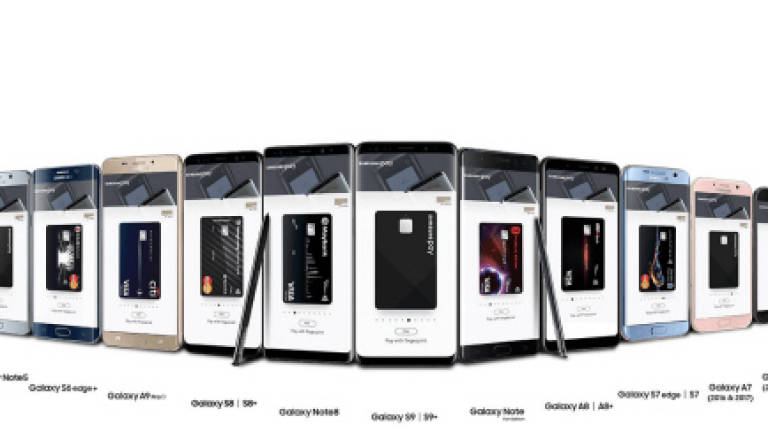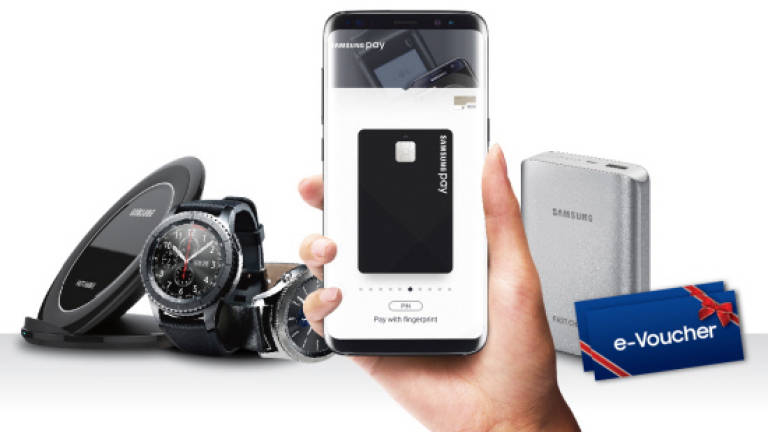Going cashless explained



ACCORDING to the most recent report by Bank Negara Malaysia (BNM), there are 40 e-money issuers – five banks and 35 non-banks.
You and I know them as e-wallets, a blanket marketing term for that app on our smartphones that we can use to pay for things without using cash.
With such a plethora of e-wallet options, those who are looking to go cashless will be hardpressed to know which one to use.
The country's journey towards going cashless began with the Malaysian Chip Card Initiative in 2015.
This is the same initiative that made us all renew our credit and ATM cards, and turn them into contactless-enabled credit and debit cards.
At the same time, it also encourages merchants to install contactless payment options at their point of sales (POS) terminals.
In other words, since 2015, Malaysians already have the most convenient cashless payment options in their wallets.
It is open-loop, which means it is accepted wherever cards are already accepted, and it is not dependent on third-party apps.
However, according to BNM's Financial Stability and Payment System Report 2017, "certain market segments, such as lower-tier merchants who are more cost-sensitive, may continue to prefer to accept cash, which is often perceived to be cost-free despite the hidden economic costs".
However, in addition to being cheaper than using cash, going cashless could also help with enhancing tourism in Malaysia by enabling visitors to shop without the need to convert their money and, as Prime Minister Tun Dr Mahathir Mohamad suggested recently, could also help to curb corruption.
Recently, I had the chance to talk with Perry Ong (right), Mastercard country manager for Malaysia and Brunei, about contactless payments, e-wallets, and the future of going cashless.
"There are two basic types of e-wallets: a stage wallet and a passthrough wallet," Ong explained.
"A stage wallet is where you put money into the wallet and spend that money.
"A passthrough wallet, on the other hand, is like a receptacle which holds your cards and gives you a direct link to your source of funds."
Each e-wallet type has its advantages and disadvantages.
Most e-wallets we see today are stage wallets. The biggest drawback of this type of e-wallets is that they cater to a proprietary closed loop.
"Users are tied to the e-wallets capability to sign up merchants," said Ong.
In other words, most of the 40 e-wallets registered with BNM are competing for users, both merchants and consumers, to come into their walled garden, but they are not compatible with each other.
In Malaysia, Touch 'n' Go is the most prominent example of a stage type e-wallet as it is the only electronic toll collection (ETC) operator for all highways in Peninsular Malaysia and is accepted at almost all commercial parking lots.
Although it is prevalent, it is not generally used outside of transit, transportation, and toll applications. This is an example of a closed loop.
Elaborating further, Ong said: "Let us take the story of China. The reason why Alipay and WeChat Pay are so successful there is that they are taking advantage of their existing pool of users.
"WeChat has a large number of users. In China, they are as ubiquitous as WhatsApp is here. Alipay has commerce."
Step out of China, and you will find that neither Alipay nor WeChat Pay is as prevalent.
However, one way Alipay is trying to do to gain a foothold in Malaysia is by partnering up with Touch 'n' Go.
Ong added: "Without mincing words, I can tell you that the biggest ambition for Mastercard is to enter the transit and toll market.
"Being a part of everyday transactions develops consumer behaviour."
He said that Mastercard intends to enter the parking payment market this year, and promises no surcharge and no minimum charges.
However, the system to be used has yet to be finalised.
Samsung Pay, on the other hand, is an example of a passthrough wallet.
"In Malaysia, Samsung Pay is king without Apple Pay and Google Pay. It even works with wearables," said Ong.
It works by tokenising your credit, debit, and bank cards, creating virtual cards you can use in conjunction with touchless payment systems.
It builds on the strength of existing banks and services, and grants its users direct access to their funds.
"On top of that, Samsung Pay does not charge the consumer nor the retailer for using it," said Ong.
"Samsung Pay rewards its users with points which can be exchanged for vouchers or Samsung products."
Ong also hinted of plans by Mastercard Asia Pacific to launch a partnership wallet by the middle of next year.